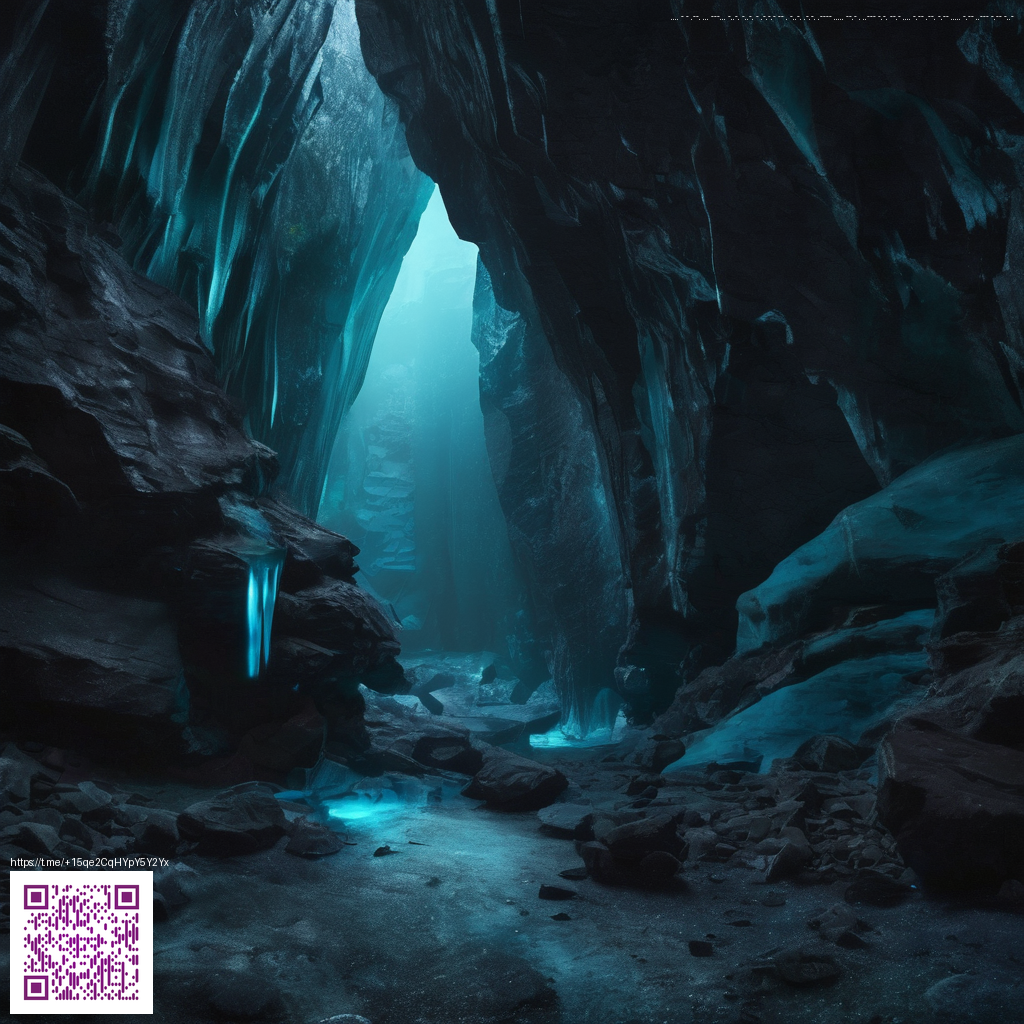
Minimalist Digital Art Packs: Creating Bold Visuals with Less
Minimalism in digital art isn’t about empty space alone; it’s a deliberate act of communication. When you design art packs with minimal aesthetics, every pixel has a purpose, and every color choice carries weight. The most striking packs lean into restraint, letting strong contrast, precise geometry, and purposeful rhythm do the talking. In practice, bold visuals emerge not from clutter but from confident decisions about form, tone, and texture.
Principles that power bold, minimal packs
To build a cohesive set of assets that feels both premium and practical, keep these guiding principles in mind:
- One focal point per piece—let a single element command attention and support the rest of the composition.
- Limited color palettes—select three to five colors that harmonize, then use variations of those hues to create depth.
- Strong contrast—play with light and shadow to punch the focal area without adding noise.
- Consistent grid and margins—establish a repeatable framework so variations feel intentional rather than random.
- Readable typography—if text is involved, choose a clean typeface and maintain ample white space around it.
“Minimalism is not absence; it’s an invitation for the viewer to fill the space with meaning.”
These ideas translate well into a practical workflow, especially when you’re packaging multiple assets into a single, cohesive collection. By treating each piece as a note in a larger melody, you ensure that buyers experience a consistent, recognizable voice across the entire set.
A practical workflow for minimal digital art packs
Start with a clear concept and mood board. Sketch a few silhouettes or geometry-based arrangements, then distill them into a clean digital composition. Test color relationships by swapping one primary hue while keeping the rest constant. This helps you gauge how the pack functions in different contexts—social graphics, app UI mockups, or print-ready assets.
- Define 1–2 core motifs and replicate with variations rather than introducing new elements.
- Limit textures to subtle grain or soft gradients—avoid heavy textures that undermine crisp geometry.
- Export bundles in thoughtful sizes and formats (e.g., PNGs for crisp color blocks, SVG-equivalents for scalable shapes when applicable).
- Document naming conventions and a simple color key for buyers to navigate quickly.
For creators thinking about how minimal aesthetics intersect with real-world products, consider how a simple, tactile object could harmonize with bold digital art. For instance, a compact phone grip or stand can inspire a set ofBackdrop and accent pieces that echo that tangible, grounded feel. If you’re curious about a practical example that aligns with this approach, you can explore related resources at the product page Phone Click-On Grip Back of Phone Stand Holder.
To gather broader inspiration, you might also review curated cases and galleries that highlight restrained composition and bold silhouettes. A quick case study reference is available at the page https://y-vault.zero-static.xyz/0ae77bc5.html. It demonstrates how minimal frameworks can still feel dynamic when paired with strong contrast and deliberate typography.
Presenting and packaging the pack for buyers
When presenting a minimalist art pack, clarity matters as much as aesthetics. Provide a concise artist statement that explains the design intent, the palette, and the intended use cases. Include a short preview gallery, a list of asset types, and a quick-start guide for implementation in common workflows. Buyers appreciate seeing how a minimal set can scale from a single poster to a full-branding kit without sacrificing cohesiveness.
Tip: keep export sizes consistent and provide vector-friendly alternatives where possible. This makes it easier for buyers to adapt the assets across social media, web design, dashboards, and print collateral without reworking fundamentals.
Creative tips to refine your minimal packs
- Use negative space to guide attention; don’t fill every inch with color or texture.
- Develop a signature shape or motif that can be reused across assets for unity.
- Test your assets at different scales—what reads beautifully on a phone screen should still hold when enlarged for print.
- Document a simple color key and alignment grid so future packs retain a recognizable voice.